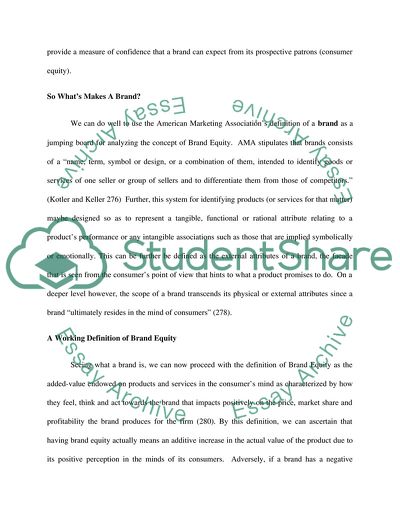Cite this document
(“Marketing Management: Creating Brand Equility Literature review - 11”, n.d.)
Marketing Management: Creating Brand Equility Literature review - 11. Retrieved from https://studentshare.org/marketing/1554231-essay
Marketing Management: Creating Brand Equility Literature review - 11. Retrieved from https://studentshare.org/marketing/1554231-essay
(Marketing Management: Creating Brand Equility Literature Review - 11)
Marketing Management: Creating Brand Equility Literature Review - 11. https://studentshare.org/marketing/1554231-essay.
Marketing Management: Creating Brand Equility Literature Review - 11. https://studentshare.org/marketing/1554231-essay.
“Marketing Management: Creating Brand Equility Literature Review - 11”, n.d. https://studentshare.org/marketing/1554231-essay.


